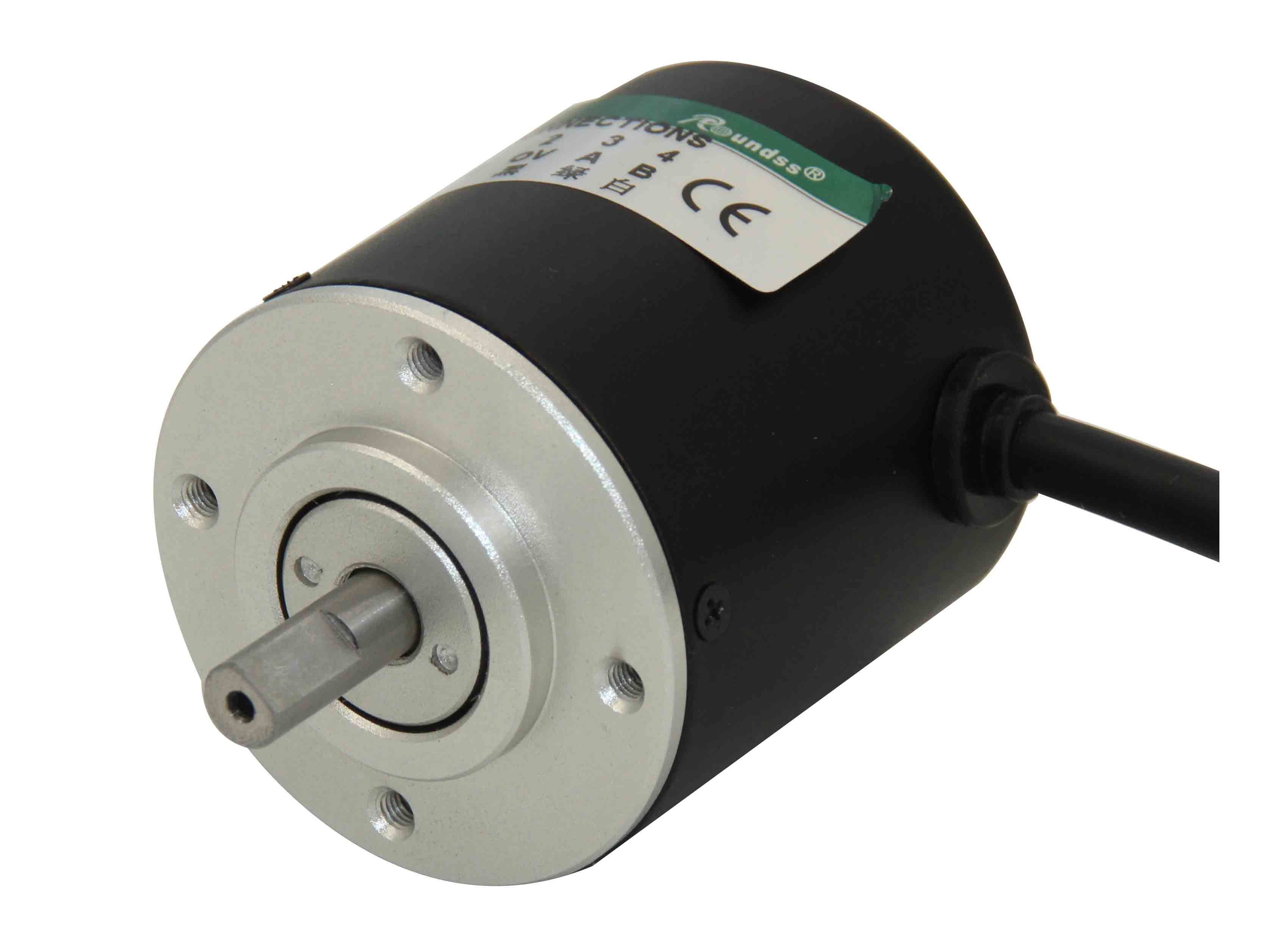Right Now
Understanding Optical Encoder Industry: An
Overview
What
is an Optical rotary encoder?
An optical rotary encoder is a device that converts the angular position or
motion of a shaft or axle to a digital code, using a light source, a sensor and
coded disks. It works similar to a rotary potentiometer but provides better
reliability and infinite resolution. Optical rotary encoders output digital pulses
or analog signals to represent its position to external devices like PLCs,
motion controllers and computers.
Working Principle
The key components of an Optical Encoder are a light source (typically LED), a
sensor array and one or more disks with opaque and transparent regions encoded
with lines or slots. The light source shines through openings in the disks onto
the sensor array. As the disks rotate, they alternately allow light to pass
through or block it from reaching the sensor. This modulation of the light is
detected by the sensor and converted into digital or analog position signals.
Common Types of Optical rotary encoders
Incremental Encoder
An incremental Optical
Encoder simply provides pulses to indicate position change or motion
but has no reference marker for absolute position. It works by having slots in
rotating disks that alternately allow light to pass through and block it,
generating a quasi-sinusoidal output signal. Comparing signals from two sensors
displaced by 90° allows determining the direction of rotation.
Absolute Encoder
An absolute encoder uses a gray code pattern printed on disks to provide an
absolute digital output representing position at power-up, without needing to
go through initialization moves. This makes them suitable for applications
requiring position backup or direct numeric positioning control.
Get More
Insights On, Optical
Encoder
More Posts












Report This Post
Please complete the following requested information to flag this post and report abuse, or offensive content. Your report will be reviewed within 24 hours. We will take appropriate action as described in Findit terms of use.










